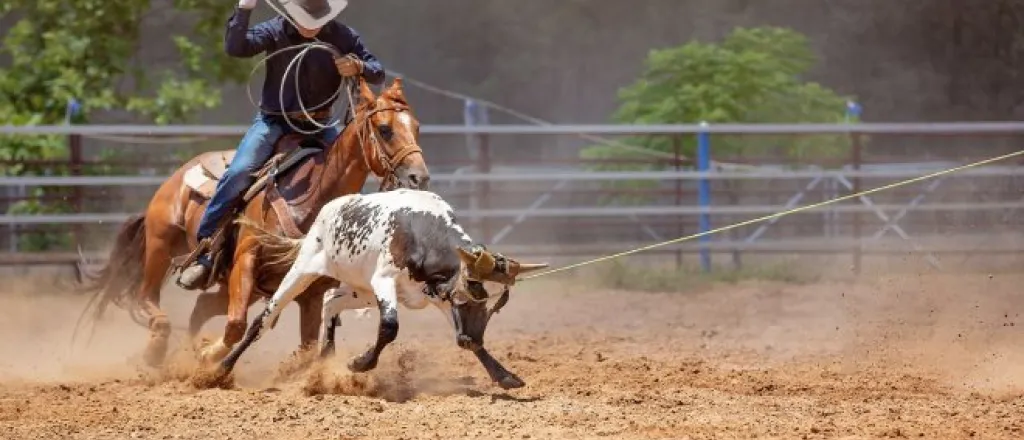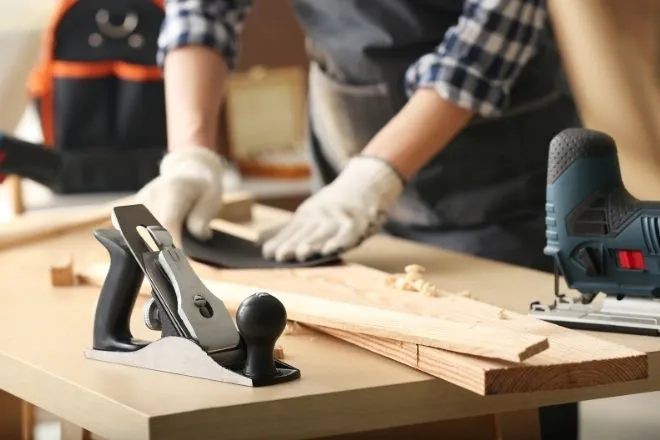
Common Mistakes Made by New Ropers and How To Avoid Them
©
Roping is a skill that demands precision, coordination, and practice. It’s easy for new ropers to fall into certain habits that can hinder progress. Addressing these mistakes early can make all the difference in achieving accuracy and consistency in your throws.
Let’s outline the common mistakes made by new ropers and how to avoid them so you can elevate your skills with confidence.
Holding a Stiff or Loose Grip
Your grip directly affects your control over the rope. New ropers either grip too tightly, leading to reduced fluidity, or they hold the rope too loosely, causing a lack of precision. The ideal grip is firm but relaxed, allowing for flexibility and control throughout the swing.
Hold the rope in the creases of your fingers rather than your palm, and use your thumb to steady the strand connected to the hondo. Testing different grip techniques during practice can help you find what feels natural.
Rushing Your Swing
Beginners often focus too much on speed and rush their swings. This leads to poorly formed loops, missed targets, and a lack of control. Instead, pay attention to the rhythm of the swing. A steady, smooth motion enhances accuracy. Once you achieve consistency, speed will come naturally. Practicing on mechanical dummies can help you build muscle memory while refining your swing.
Failing To Adjust Your Breakaway Rope
One of the most overlooked aspects for beginners is rope adjustment. If the length or tension of your rope is off, it can dramatically reduce accuracy and efficiency. Adjusting your breakaway rope correctly improves both speed and consistency. For better results, experiment with different lengths and loop tensions.
The rope should feel balanced and comfortable without being too tight or too loose. Spend time practicing with these adjustments on dummies or live calves to find the sweet spot.
Choosing the Wrong Rope
Selecting a rope that doesn’t align with your technique or the type of cattle you’re working with is another common misstep. For newer ropers, breakaway ropes with softer lays, such as extra soft (XS) or soft (S), are often easier to handle. However, your swing and control matter just as much as comfort. If your rope feels too unsteady, a heavier or stiffer option might help restore balance.
Neglecting Foot Placement
Proper foot positioning is foundational to effective roping. Many beginners stand with their feet too close together, which makes maintaining balance difficult. Instead, plant your feet shoulder-width apart with your dominant foot slightly forward. This stance offers stability and allows for more fluid motion during the swing. Practicing this posture will improve your efficiency and control over time.
Overlooking Follow-Through
Another common mistake is dropping your hand immediately after releasing the rope. Follow-through is critical in ensuring the rope maintains its trajectory toward the target. Once you’ve released the loop, keep your hand moving forward, and avoid pulling back prematurely.
Keep Progress Advancing
Roping is a highly dynamic skill that combines technique, timing, and practice. By avoiding these common mistakes made by new ropers, you set yourself up for consistent improvement. Small adjustments, such as modifying your breakaway rope, refining your grip, and taking your time with each swing, make a significant impact as you progress.
Start with foundational skills, stay persistent, and continue to refine your approach. The results will follow.

















